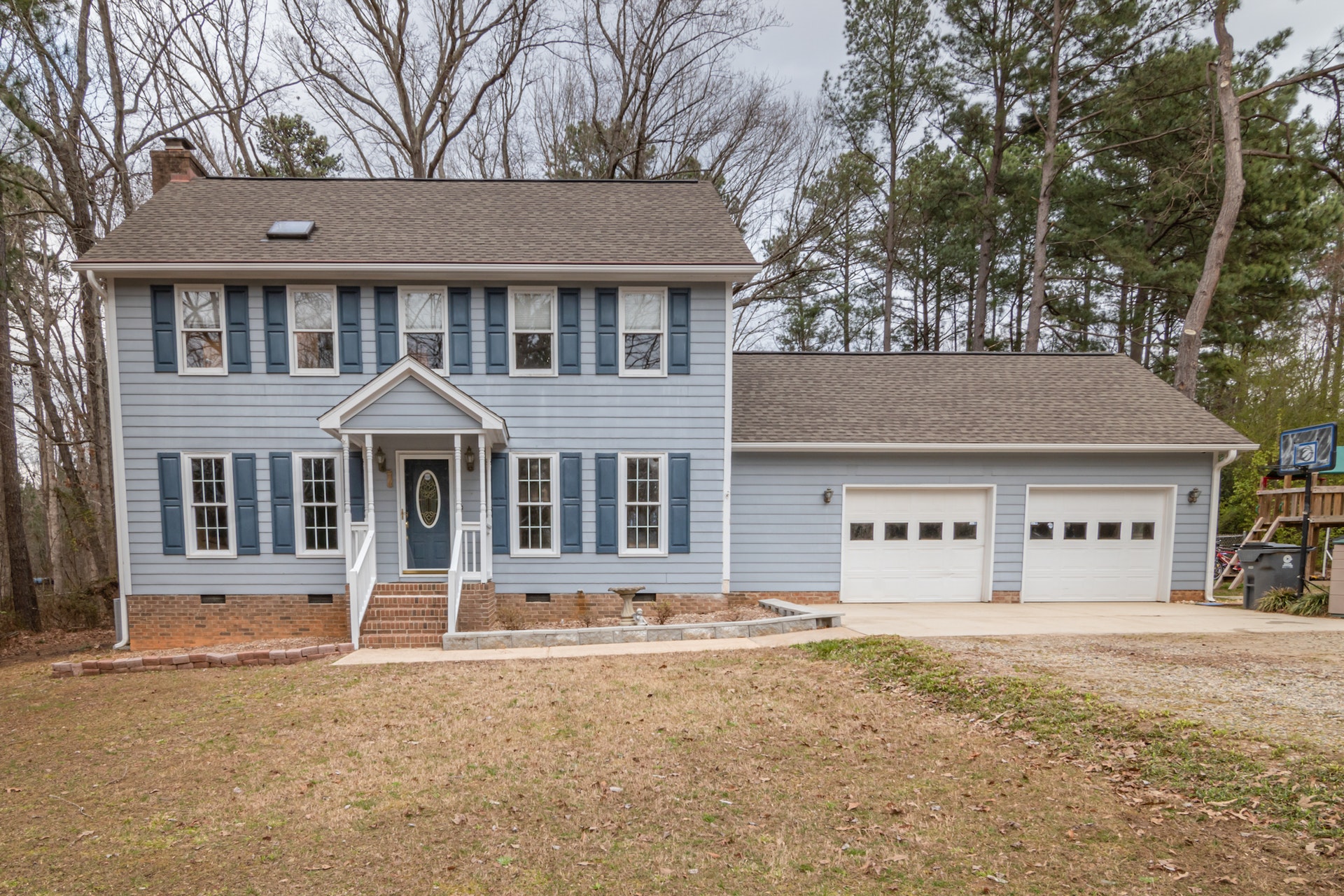In this energy-conscious era, finding ways to reduce energy costs while staying comfortable is a top priority for many homeowners and building owners. One effective solution that is gaining popularity is the use of reflective materials in roofing systems. Roofing skills, as a side note, are also a must in installing these materials. As innovative materials, reflective roofing materials not only help keep buildings cooler but also lower energy usage and promote a more sustainable future. So, if you’re looking for ways to cut down your energy bills and make your home or building more environmentally friendly, read on to discover the exciting world of cool roofing options.
Single-Ply Membranes
Single-ply membranes are a popular choice for cool roofing due to their durability and reflective properties. These membranes, typically made from synthetic materials like PVC or TPO, offer excellent resistance against UV rays and can reflect sunlight away from the building. The best thing about single-ply membranes is their ease of installation. But most importantly, not only do single-ply membranes help keep buildings cooler by reflecting heat away, but they also provide effective insulation during colder months. This thermal efficiency helps maintain a comfortable indoor temperature while reducing reliance on heating and cooling systems.
Modified Bitumen Sheets
Moving on to the next option, we’ve got modified bitumen sheets. These sheets are made of a combination of asphalt and rubber modifiers, resulting in a flexible and durable material. Thanks to their reflective properties, the surface is designed to reflect sunlight, reducing heat absorption and keeping your building cooler. This can significantly reduce energy costs by decreasing the need for air conditioning.
In addition to their reflective qualities, modified bitumen sheets also provide excellent waterproofing capabilities. They create a strong barrier against water penetration, preventing leaks and damage to the underlying structure. In fact, with proper installation and regular maintenance, they can last more than 20 years, providing long-term protection for your building.

Reflective Shingles, Tiles, and Slates
These materials are designed to reflect sunlight rather than absorb it, helping to reduce the heat transmitted into your home or building. Reflective shingles are typically made from asphalt and have granules that are coated with special pigments. These pigments reflect more of the sun’s rays, keeping your roof cooler and reducing energy costs. Another option is reflective tiles or slates. These materials can be made from various substances, such as clay or metal. They often have a coating that increases their reflectivity. Not only do these materials help keep your home cool in hot weather, but they also add an attractive aesthetic appeal to your roof.
Green Roofs
When it comes to reducing energy costs and promoting environmental sustainability, green roofs are a top choice. These innovative roofing systems involve the installation of living vegetation on rooftops, providing a range of benefits for both the building and the environment. One major advantage of green roofs is their ability to improve insulation. The layer of vegetation acts as a natural barrier, reducing heat transfer between the building and the outside world.
This helps keep interiors cooler in hot weather and warmer during colder months. In addition to improved insulation, green roofs also help mitigate urban heat island effects. By absorbing sunlight rather than reflecting it as traditional roofing materials do, they can significantly reduce surface temperatures in cities. This not only lowers energy consumption but also improves air quality by decreasing smog formation.
Bonus: Cool Roof Coatings
In addition to the various roofing materials mentioned above, another option to consider for reducing energy costs and keeping your home cool is the use of cool roof coatings. These coatings are specifically developed to reflect sunlight and heat away from the roof surface, helping to maintain a lower temperature inside your home.
Cool roof coatings come in different forms, such as white or light-colored paint that can be applied directly onto existing roofs. They create a highly reflective surface that minimizes solar heat gain, improving indoor comfort while also extending the life of your roof by protecting it from UV radiation and weathering.

